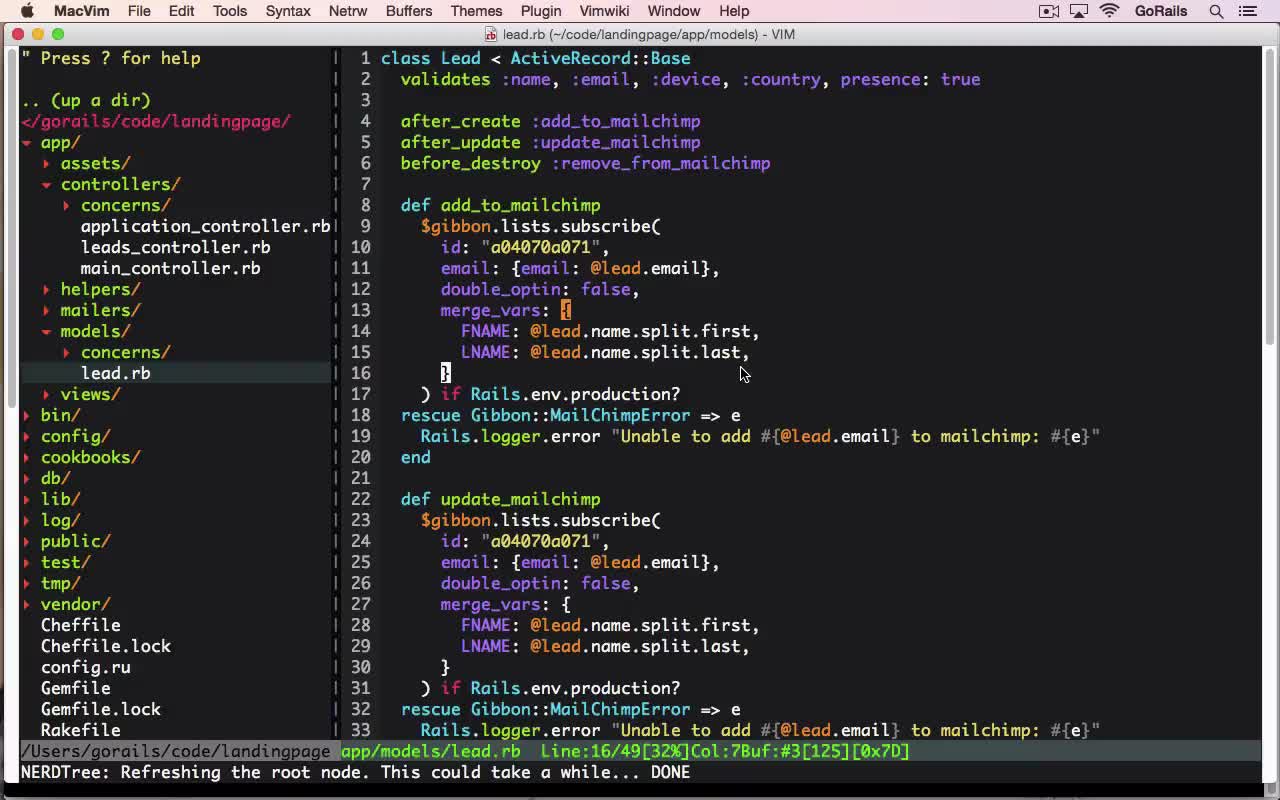Veve Vortex: Exploring the Latest Trends
Stay updated with the latest in news, tech, and lifestyle.
Rails Overdrive: Turbocharge Your Web Development Skills
Unleash your web development potential with Rails Overdrive! Discover tips and tricks to turbocharge your skills and streamline your workflow.
Top 5 Tips to Maximize Your Productivity with Ruby on Rails
Maximizing your productivity with Ruby on Rails is essential for developers looking to create efficient and scalable web applications. Here are the top 5 tips to help you streamline your workflow:
- Utilize Rails Generators: Take advantage of the built-in generators in Rails to quickly scaffold models, controllers, and views. This saves time and reduces the amount of repetitive code you need to write.
- Leverage Gems: Essential Ruby libraries (Gems) can significantly enhance your application's functionality. Familiarize yourself with gems that can solve common problems or add features, ensuring you don't reinvent the wheel.
Another way to boost your productivity with Ruby on Rails is by maintaining clean and organized code. Refactoring code not only makes it easier to read and maintain, but it also decreases the likelihood of bugs. Additionally, employing test-driven development (TDD) can help you identify issues early on in the development process. Lastly, always stay updated with best practices and emerging trends in the Rails community to continually enhance your skills:
- Keep your code DRY (Don't Repeat Yourself)
- Use partials and helpers to avoid duplication
- Embrace asynchronous processing to improve performance
- Follow version control practices using Git for better project management

Understanding the MVC Architecture: A Deep Dive into Rails
The MVC architecture is a fundamental design pattern that divides an application into three interconnected components: Model, View, and Controller. This separation facilitates organized code and enhances collaboration among developers. In the context of Rails, the Model is responsible for managing the data and business logic, representing the application’s core functionality. The View handles the presentation layer, rendering HTML that users interact with, while the Controller serves as the intermediary, processing user input and updating the model or view as necessary.
One of the primary benefits of using the MVC architecture in Rails is its ability to maintain clean and maintainable code. This separation allows developers to work on different components simultaneously without interfering with each other's progress. Additionally, this structure promotes reusability, as specific views or controllers can be reused across different parts of the application. Overall, understanding the intricacies of the MVC architecture in Rails is essential for building scalable and efficient web applications.
Common Rails Challenges and How to Overcome Them
When developing applications with Ruby on Rails, developers often encounter common challenges that can impede their progress. One significant issue is performance optimization. As applications grow, they can become sluggish, especially if they involve complex database queries. To address this, developers can use tools like Bullet for identifying N+1 query issues, implement eager loading, and utilize caching mechanisms. This not only enhances application speed but also improves overall user experience.
Another prevalent challenge in Rails development is managing gem compatibility. With the continuously evolving ecosystem, some gems may not be compatible with the latest version of Rails or other dependencies. To overcome this, it is crucial to regularly check for updates and read documentation before adding new gems. Additionally, developers can use Bundler to manage gem versions and ensure a stable environment, allowing seamless integration without breaking existing functionalities.